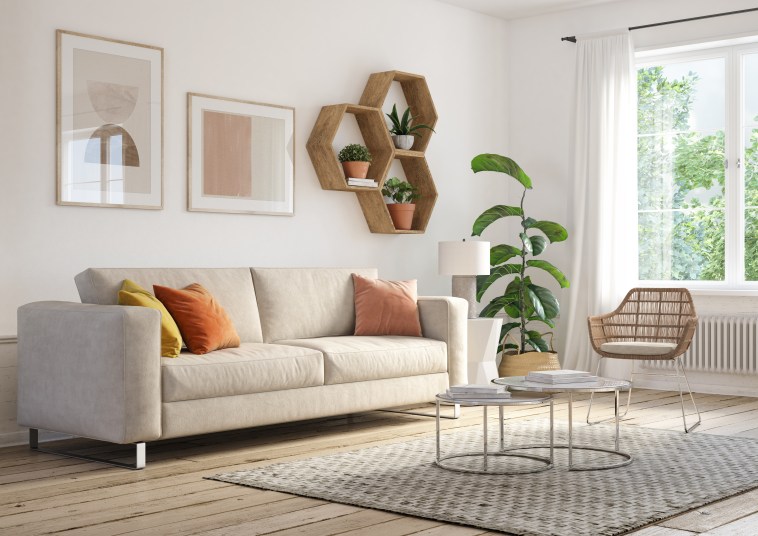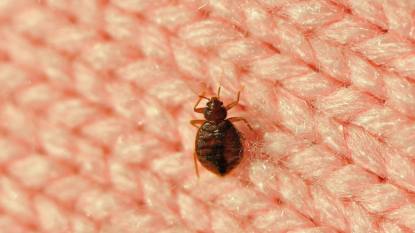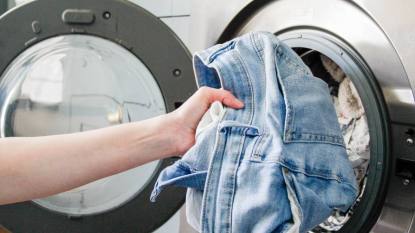Is the Air in Your Home Affecting Your Health?

Lack of airflow in our homes becomes a problem as the weather warms and we close doors and windows to stay warm. The house gets stuffy and when air quality decreases it can impact our health and wellbeing.
However, there are a few simple things you can do to cozy up your home and keep the air flowing through your house. And bonus! Some of them will even save you money on heating bills.
Cross Breeze
Why would you open windows when it’s getting warm? Well, it’s not about opening up the whole house but about circulating fresh, clean air through your home.
Depending on the outside temperature, opening a few windows for even 20 minutes will allow an exchange of air, helping to freshen up your home. The benefit of that burst of fresh air on your air quality means you can lock your home up for the rest of the day and leave the curtains open until the sun goes down, then close them up tight to keep the warm air in.
The three rooms that benefit most from a burst of fresh air are also the rooms most used: the kitchen, bathrooms, and laundry. These are also the rooms that, simply by nature, create the most odors. Opening their doors or windows for a short period can help address the air-quality issue.
When designing a home, consider different window styles and placement. Remember that awning or wind-out windows look good, but don’t offer the same airflow as sliding windows. Louvre windows can be very effective at allowing cross breezes when located high up in the room, especially in large open-plan living rooms or voids.
Ceiling Fans
The trick is to reverse the flow of your ceiling fans by running them on low speed in a clockwise motion which creates an updraft. The direction switch is found on the fan, so all you’ll need is a ladder and maybe a little assistance. This will force the warm air sitting near the ceiling downwards, creating airflow as the warm air rises.
Another benefit of this simple trick is that it will save you money. It costs so much to run heaters and air conditioners, but by recirculating the warm air, you’ll need to use these appliances less and the warmer temperature will be easier to maintain.
Exhaust Fans
A cost-effective way to move air about in bathrooms and laundries is with ceiling exhaust fans. They are often part of a fan, heat lamp and light unit and are a standard requirement if your wet area has no window or external opening.
Exhaust fans remove odors effectively and, in turn, draw in cleaner air from the rest of the house. I recommend installing fan vents when constructing a home, and they are usually easy to retrofit into existing homes, as long as there is access to the ceiling cavity. In two-story homes they may be installed into sidewalls, which can cost more but is definitely worth the investment.
Humidifiers
A humidifier is a device that increases the moisture level (or humidity) in a room or building. This can improve air quality inside homes when the doors and windows stay closed for extended periods. More moisture in the air may have positive health impacts for some people, including asthmatics and those suffering from any nasal or sinus issues.
Some companies can install ducted humidifiers, which work throughout the whole house rather than just one room and may be well worth the investment for some families. But if a humidifier is only required for a few months of the year, a portable unit may make a huge difference for a relatively small outlay.
It’s worth noting that too much moisture in a home also affects air quality, causing mold and mildew, which can be a source of allergies and ill health, damaged clothes, shoes, bags, and books, and stain paint. Excess moisture may also pool on interior window frames, causing the wood to rot. Portable dehumidifiers are available to remove moisture from the air.
This article originally appeared on our sister site, Homes to Love.













